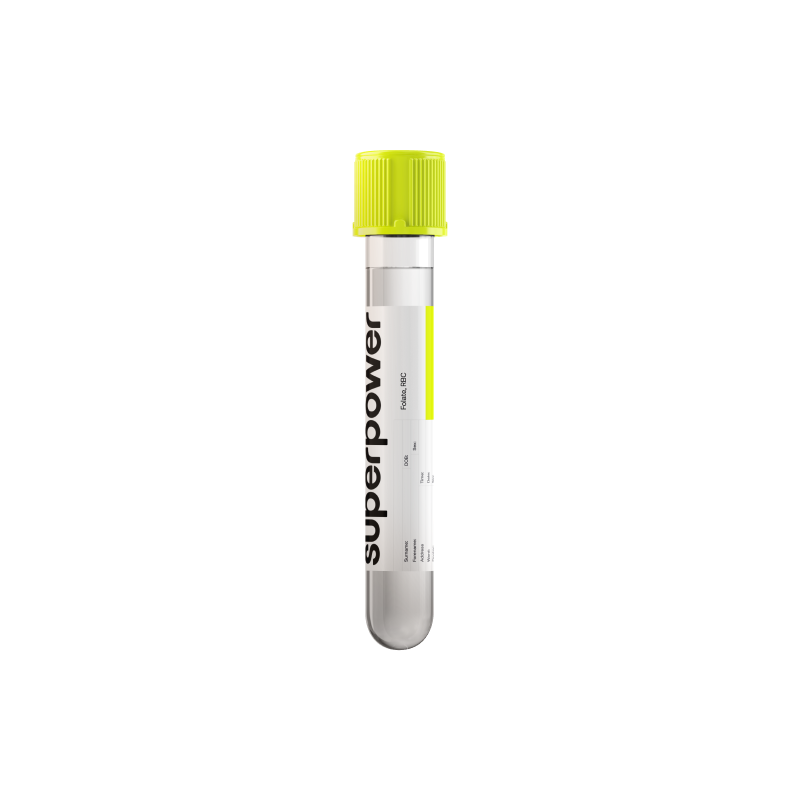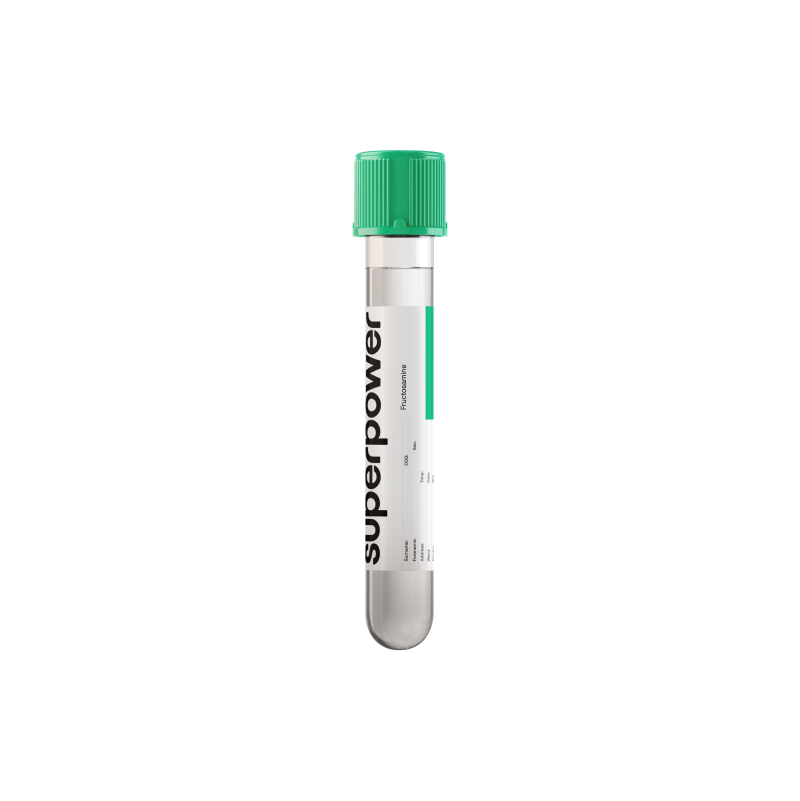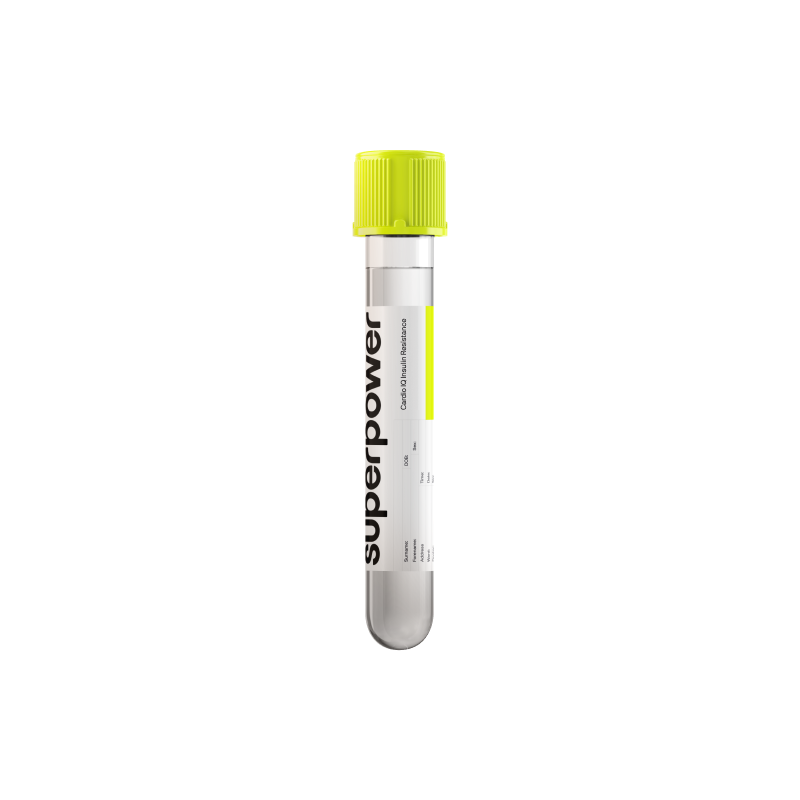LMR is calculated by dividing absolute lymphocytes by absolute monocytes. Lymphocytes drive targeted, memory-based defense, while monocytes fuel innate inflammatory activity.
A lower LMR indicates inflammation or immune suppression; a higher LMR signals stronger adaptive balance.
Key Benefits
- Clarify immune balance by comparing lymphocytes to monocytes.
- Spot systemic inflammation patterns linked to infection, autoimmune activity, or chronic disease.
- Flag immune imbalance that merits checking the CBC differential, CRP, and symptoms.
- Explain fatigue, fevers, or swollen nodes by tying symptoms to immune shifts.
- In oncology, lower LMR is linked to worse prognosis in several cancers.
- Track recovery from infection as ratios normalize alongside white cell counts.
- Clarify inflammation context when assessed with neutrophil-to-lymphocyte ratio and CRP.
- Best interpreted with the full CBC, differential, CRP, and your symptoms.
What is Lymphocyte-to-Monocyte Ratio (LMR)?
Lymphocyte-to-Monocyte Ratio (LMR) is a simple proportion derived from a routine blood count that compares two types of white blood cells in circulation. Lymphocytes—B cells, T cells, and natural killer cells—are produced in the bone marrow and mature in lymphoid organs, where they provide targeted, memory-based defense (adaptive immunity). Monocytes are bone marrow–derived patrol cells that circulate briefly, then enter tissues to become macrophages and dendritic cells, handling debris clearance and early defense (innate immunity; mononuclear phagocyte system). LMR “comes from” this differential count by relating lymphocytes to monocytes.
LMR reflects the balance between targeted immune surveillance and broad, frontline inflammatory activity. In practical terms, it offers a snapshot of the immune system’s current tilt—how much effort is being allocated toward precise, learned responses versus generalized, phagocytic responses (adaptive versus innate immune tone). Because both cell types shift with stress signals, infection, inflammation, and tissue remodeling, LMR serves as a compact indicator of systemic immune-inflammatory status. It helps frame the body’s immune set point at the moment of testing without adding complexity beyond the standard blood count.
Why is Lymphocyte-to-Monocyte Ratio (LMR) important?
Lymphocyte-to-Monocyte Ratio (LMR) captures the balance between adaptive immunity (lymphocytes that recognize and remember threats) and innate, pro‑inflammatory cleanup and tissue‑remodeling activity (monocytes). It’s a compact snapshot of immune competence, inflammatory tone, and how the body is allocating resources between defense, repair, and recovery.
In healthy adults, LMR commonly falls in the mid–single digits, often around 3–8. Values clustering toward the middle-to-higher end generally reflect a vigorous adaptive immune reserve with a quieter background of monocyte‑driven inflammation.
When the ratio trends low, it usually means fewer lymphocytes and/or more monocytes. This pattern appears with physiologic stress and cortisol exposure, chronic low‑grade inflammation, active bacterial infection, autoimmune activity, smoking, metabolic syndrome, or during cancer‑related inflammation. People may notice more frequent or prolonged infections, poor vaccine responses, fatigue, muscle aches, low‑grade fevers, or brain fog. Cardiovascular tissues can be affected because monocyte activity feeds plaque formation. Pregnancy naturally shifts the ratio lower; older adults often run lower as well.
When the ratio runs high, there are relatively more lymphocytes or fewer monocytes. This can be seen during convalescence, in healthier inflammatory set‑points, and in children (who normally have higher lymphocyte proportions). Higher ratios are often linked with better outcomes in many infections and cancers. If driven by viral lymphocytosis, there may be swollen lymph nodes, sore throat, or fatigue; context matters.
Big picture: LMR integrates bone marrow output, stress‑hormone signaling, vascular inflammation, and immune memory. Tracked alongside NLR, CRP, and absolute differentials, sustained shifts—especially persistently low values—can flag chronic inflammatory burden and higher long‑term cardiometabolic and disease risk.
What Insights Will I Get?
Lymphocyte-to-Monocyte Ratio (LMR) is the ratio of circulating lymphocytes to monocytes on a complete blood count with differential. It reflects the balance between adaptive immunity (lymphocytes) and innate, pro-inflammatory/repair pathways (monocytes–macrophages). This balance influences inflammatory tone that affects energy utilization, vascular integrity, infection control, tumor surveillance, and neuroendocrine function.
Low values usually reflect fewer lymphocytes or more monocytes, signaling stress-hormone effects, active inflammation, or immune redistribution. Physiologically this means reduced adaptive immune reserve with heightened innate activation, a pattern seen in acute illness, systemic inflammation, and severe infections. LMR tends to be lower with aging and during pregnancy, when lymphocyte proportions fall. Some viral illnesses that cause lymphopenia also lower LMR.
Being in range suggests a stable immune set-point with contained innate activation and adequate lymphocyte capacity for memory and surveillance. In population studies, healthy adults often cluster in the mid–single-digit ratios; when absolute counts are normal, optimal generally sits near the middle of a laboratory’s reference distribution, indicating balanced inflammatory signaling supportive of metabolic, vascular, and cognitive stability.
High values usually reflect relatively more lymphocytes or fewer monocytes, indicating low basal inflammatory burden or convalescence after stress. Transient lymphocytosis in reactive viral states can raise LMR; markedly high ratios driven by very high lymphocytes warrant interpretation with the absolute counts and clinical context.
Notes: LMR is a ratio, so changes in either cell line or timing can shift it. Diurnal variation, recent infection, surgery, strenuous exercise, corticosteroids, and cytotoxic therapies alter counts. Children often have higher lymphocyte counts (higher LMR), and LMR generally declines with age. Reference intervals vary and are not universally standardized.

.png)

.svg)



.png)
.png)
.png)
.png)








